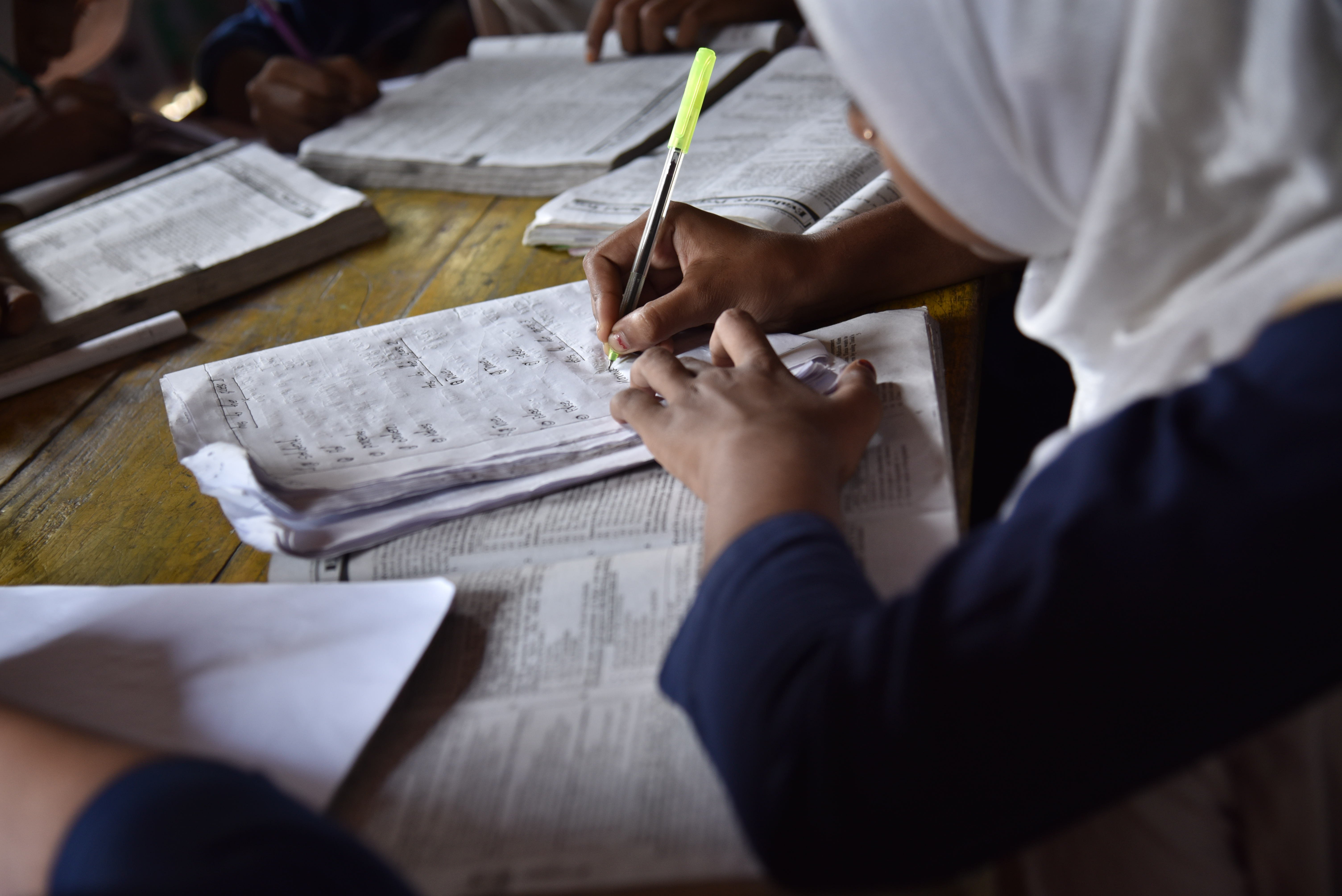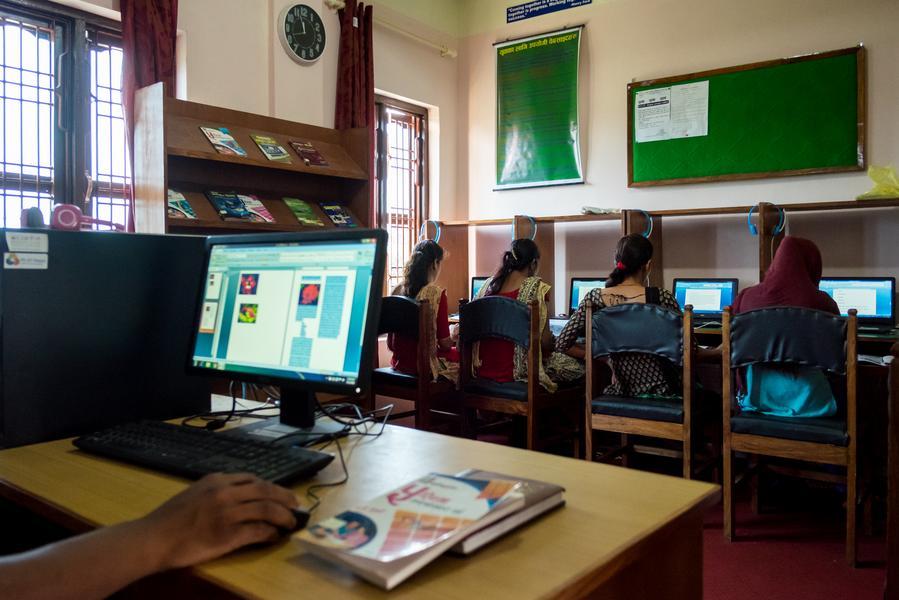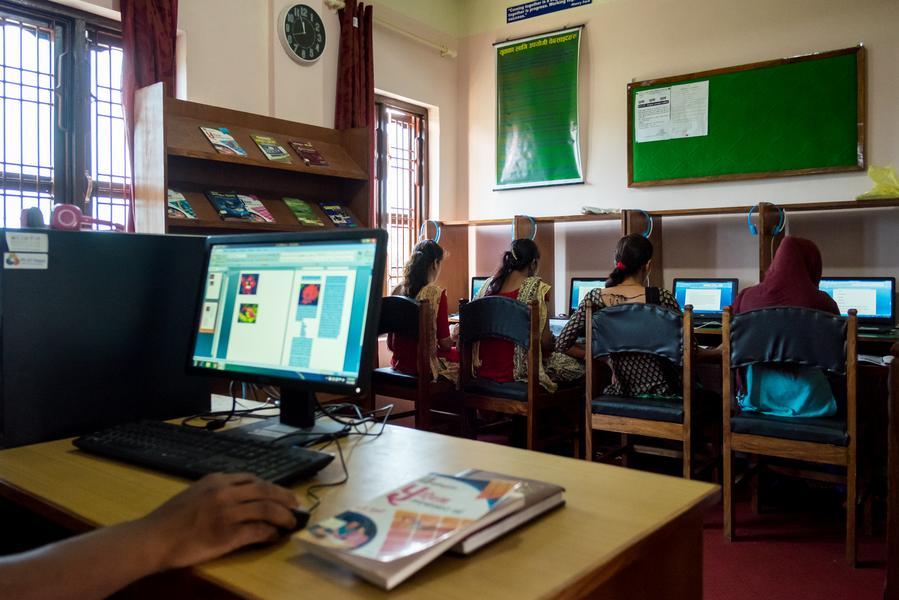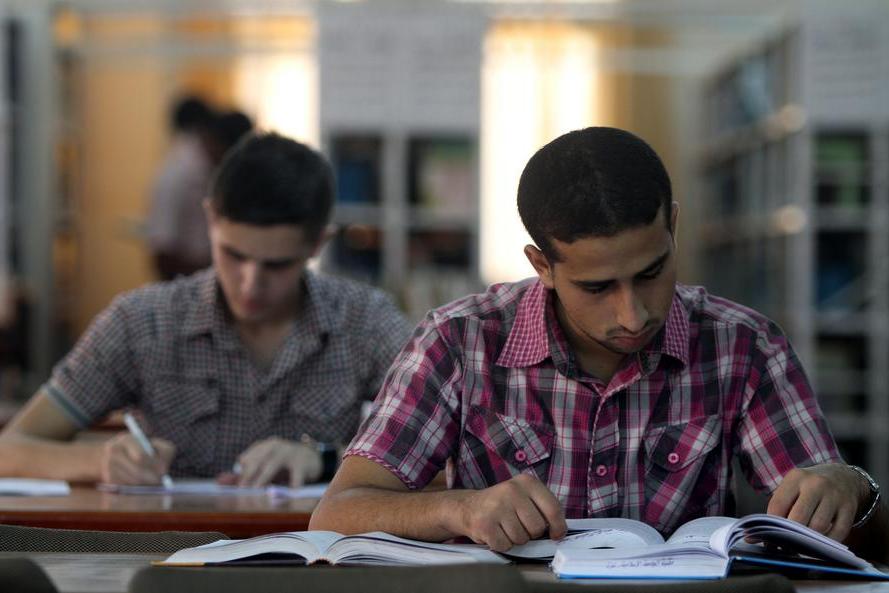Context and Problem
Fiji’s education system has historically faced challenges such as underfunding, insufficient teacher training, and inadequate infrastructure, particularly in rural areas. Moreover, there is a substantial gap in educational access and quality between urban and rural areas, and among various socio-economic groups, impacting student enrollment and retention rates. Schools have high dropout rates, predominantly in upper secondary education, affecting workforce readiness and long-term educational outcomes. Infrastructure and resource constraints are also serious issues.
Solution
The solution was multifaceted. First, policy enhancements. This included educational reforms legislation, which involved enactment of new laws and regulations aimed at improving educational quality across all districts, establishing clear metrics and evaluation processes for schools to ensure academic standards, and curriculum updates, which involved overhauling the national curriculum to include skills and knowledge relevant to the requirements of the job market. Second, parental engagement strategy. This involved hosting community workshops for parents on continuous learning, establishing and strengthening parent-teacher associations to improve school governance, and regular communication between schools and families to keep parents informed. Third, financial support programs. This involved scholarship funds targeted at underprivileged and high-achieving students, subsidized education costs for textbooks, uniforms, school meals, and transportation, and income-based assistance to ensure no student is denied education due to financial constraints.
Impact
Predicted impacts include improved health of students, increased enrollment, higher student learning outcomes, and better school infrastructure.
Note: Further studies and analysis will have to be conducted to understand the interventions impact.












